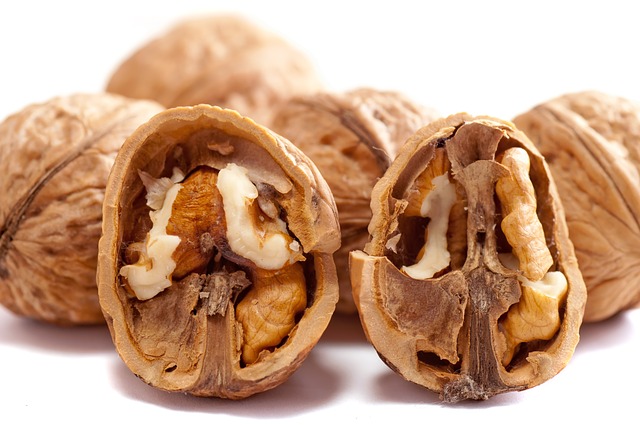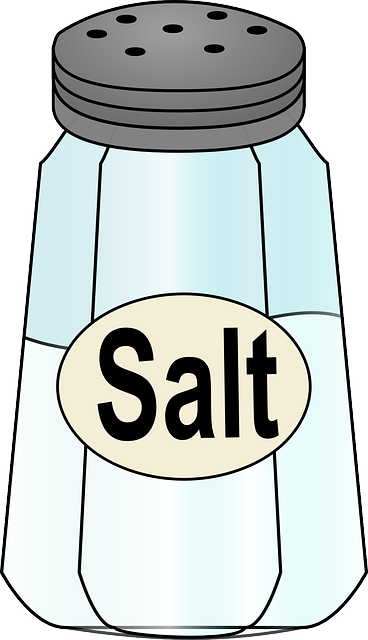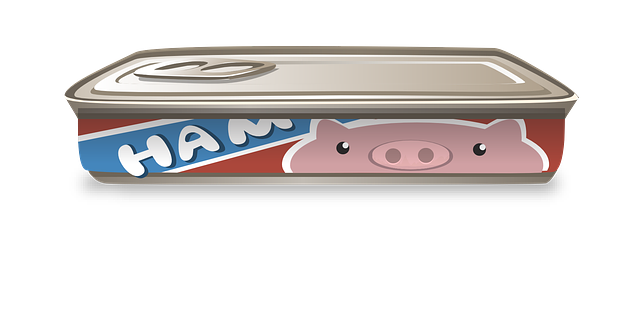May is Brain Cancer Awareness Month.
Here are some facts:
- The most common types of brain cancers are gliomas and meningiomas. Gliomas are cancers that grow from glia cells or glial cells, the supportive cells that hold neurons in place. Meningiomas are cancers that grow from the brain covering (meninges)
- Aspartame and long term cell phone use are being studied for their link to increased brain cancer risk
- It is estimated that 55,000 Canadians are surviving with a brain tumour
Two Awesome Foods to Support Brain Health
Walnuts
Walnuts are high in Omega-3 fatty acids and polyphenols.
Omega-3’s exhibit neuro-protective properties and are critical for normal brain function and development throughout all stages of life.
Polyphenolic compounds found in walnuts reduce the oxidant and inflammatory load on brain cells and improve interneuronal signaling
Avocados
 Avocados contain monounsaturated fats. This contributes to healthy blood flow, which carries over to a healthy brain. Avocados also lower blood pressure, and hypertension is a major risk for decline in cognitive abilities.
Avocados contain monounsaturated fats. This contributes to healthy blood flow, which carries over to a healthy brain. Avocados also lower blood pressure, and hypertension is a major risk for decline in cognitive abilities.
Walnut & Avocado Pesto
Pesto Sauce is one of my favourite things to do with basil. So because this is Brain Cancer Awareness month I thought I would experiment with my regular recipe to incorporate a these 2 brain healthy foods.
Let me know your thoughts!
Ingredients
- 1 Avocado
- 1/4 cup walnuts
- 1 cup packed fresh basil
- 2 cloves of garlic
- 1/2 cup parmesan cheese
- 1/2 tsp. salt
- Juice of 1/2 lemon
- 1/2- 1 cup Extra Virgin Olive Oil
Directions
1. Pulse avocado, walnuts and basil in food processor until smooth
2. Add garlic, parmesan cheese, salt and lemon juice. Pulse until well blended
3. Stream in the olive oil slowly while the food processor is running. It is important to do this slowly to help it to emulsify. Stop to scrape down the sides of the food processor when needed
Resources:
https://www.ncbi.nlm.nih.gov/pubmed/24500933
https://www.webmd.com/diet/features/eat-smart-healthier-brain#1
https://www.ncbi.nlm.nih.gov/pmc/articles/PMC4404917/



 Oats
Oats 1 cup rolled oats
1 cup rolled oats





